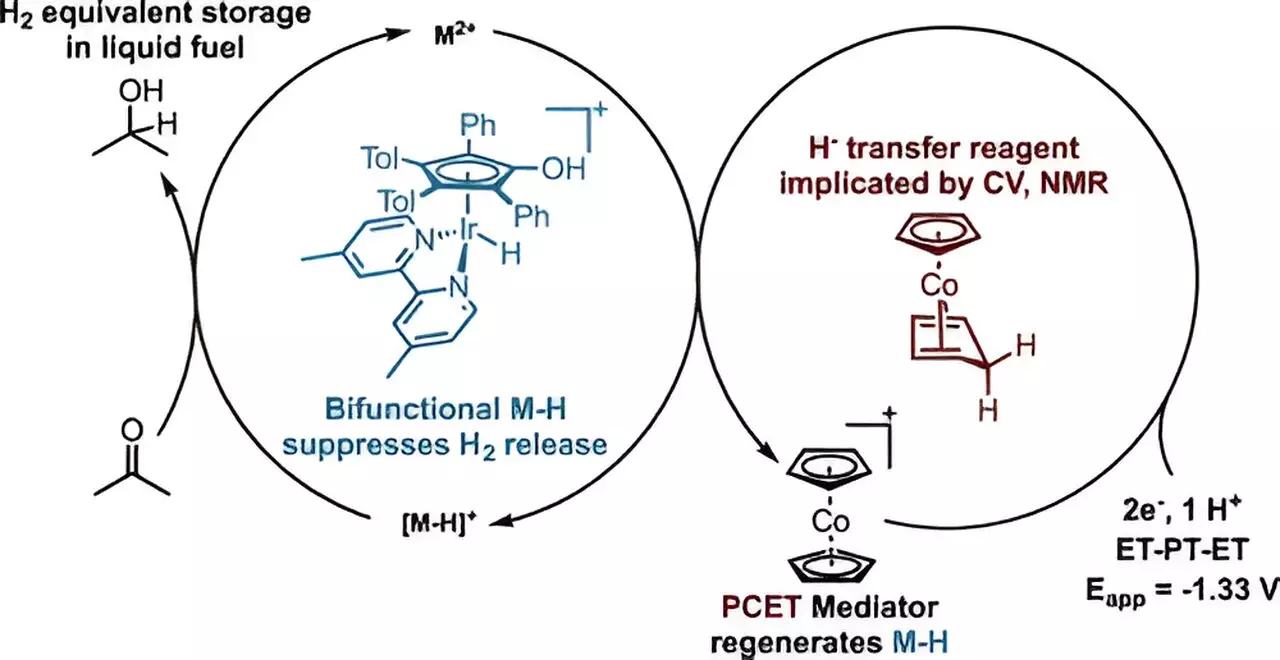California is rapidly moving towards renewable energy sources, but the intermittent nature of solar and wind power poses challenges for the electric grid. The reliance on natural gas to balance out these fluctuations is unsustainable in the long run. As a solution, researchers at Stanford are exploring liquid organic hydrogen carriers (LOHCs) as a potential technology for storing renewable energy.
With solar power dropping at night and wind power fluctuating, the current energy system’s dependency on natural gas is becoming increasingly problematic. The grid needs a way to store excess energy generated during peak times for use when demand is high. Batteries, such as lithium-ion technologies, are commonly used for energy storage, but researchers are in search of alternative systems that can complement and enhance existing technologies.
LOHCs have emerged as a promising option for storing and releasing hydrogen using catalysts and elevated temperatures. These liquid carriers can efficiently store energy and convert it back into usable fuel or electricity when needed. Stanford researchers are particularly focused on isopropanol and acetone as key components in hydrogen energy storage and release systems.
Daniel Marron, a recent Stanford Ph.D. graduate in chemistry, developed a catalyst system that combines protons and electrons with acetone to selectively generate isopropanol without producing hydrogen gas. The use of iridium as the catalyst, along with cobaltocene as a co-catalyst, proved to be a significant breakthrough in the efficient conversion of energy. Cobaltocene, a compound of cobalt, demonstrated exceptional efficiency in delivering protons and electrons to the iridium catalyst, paving the way for more cost-effective and scalable LOHC systems.
The research conducted by the Stanford team offers a new strategy for storing electrical energy in liquid fuels, potentially revolutionizing energy storage for various industries and sectors. By utilizing more abundant and affordable earth metal catalysts, such as iron, the goal is to make LOHC systems more accessible to a wider range of applications. The ultimate vision is to enhance energy storage capabilities for solar and wind farms, as well as for industrial and individual energy needs.
As the demand for renewable energy continues to rise, the development of advanced energy storage technologies like LOHCs becomes increasingly crucial. The innovative work being done at Stanford in collaboration with other institutions holds promise for a more sustainable and efficient energy future. By addressing the challenges of storing and releasing electrical energy in liquid fuels, researchers are paving the way for greater adoption of renewable energy sources and reducing reliance on fossil fuels.


Leave a Reply